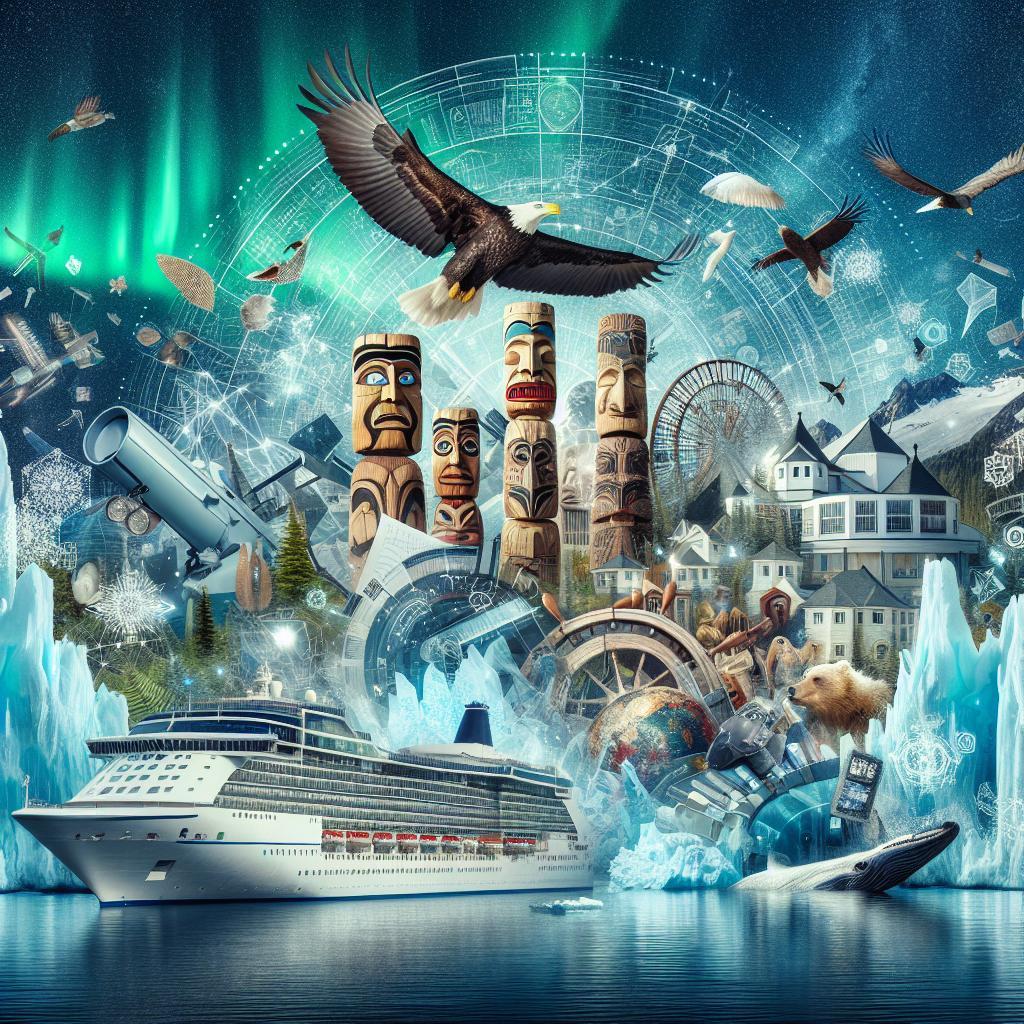The History and Culture of Alaska’s Cruise Ports: A Journey Through Time and Tide
Alaska, a land of breathtaking landscapes and rich natural resources, is often seen as a distant frontier, a place where the wild meets the sublime. Yet, for many travelers, this rugged wilderness begins not in its interior, but at its coastal doorsteps: the cruise ports that welcome thousands of visitors each year. These bustling hubs, nestled between towering mountains and serene waterways, are more than just stops on a scenic journey; they are vibrant gateways that embody the layered history and diverse culture of the Last Frontier. From the Tlingit and Haida peoples who first inhabited these shores to the bustling towns that emerged during the Gold Rush, and the modern-day tourism industry that thrives on the influx of cruise passengers, Alaska’s ports are rich tapestries woven with stories of resilience, exploration, and cultural exchange. As we embark on this exploration of Alaska’s cruise ports, we will delve into their historical significance, the unique cultures that flourish within them, and the ever-evolving role they play in both the local economy and the hearts of those who come to experience their wonders. Join us as we set sail through the past and present, revealing the captivating tales that define these coastal communities.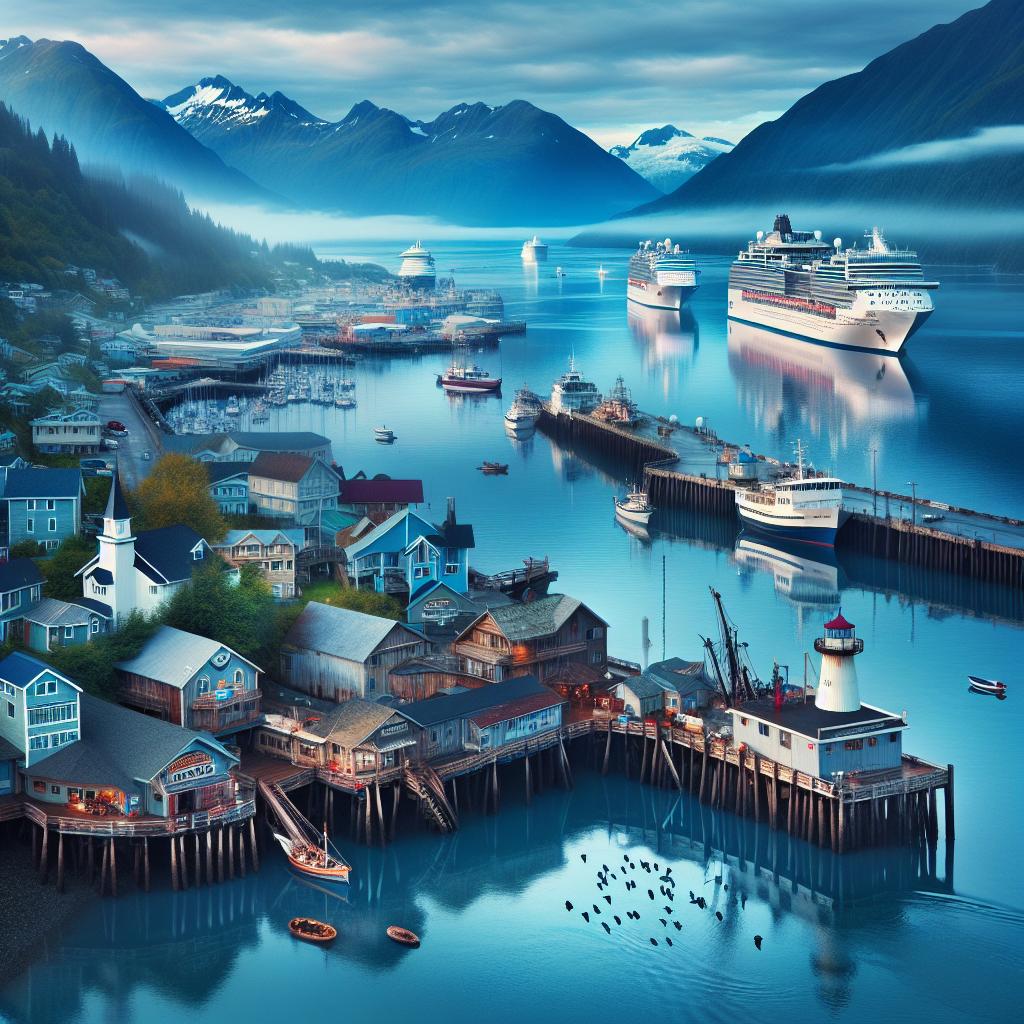
Exploring the Maritime Heritage of Alaskas Cruise Ports
Alaska’s cruise ports are a vibrant tapestry woven from centuries of maritime history and cultural influences that highlight the state’s unique relationship with the sea. The bustling ports like Juneau, Ketchikan, and Sitka were not only gateways for explorers and miners during the gold rush but also serve as living museums showcasing the rich traditions of Alaska Native cultures. Fishing, whaling, and trading have shaped local economies and customs, as residents have relied on the waters for sustenance and livelihood for generations. Visitors can engage with this heritage through various experiences, such as guided tours that delve into the tales of the Tlingit and Haida peoples or exhibitions that reveal the significance of the sea to Alaskan life.
One cannot explore Alaska’s ports without acknowledging the profound impact of European exploration and settlement. Early Russian expeditions in the 18th century introduced new trade routes, conflicts, and cultural exchanges that forever altered the indigenous way of life. The remnants of this history can be seen in the architecture, local cuisines, and annual festivals held to celebrate the diverse backgrounds of the inhabitants. Key highlights of maritime heritage found at these ports include:
- Historic waterfront buildings that reflect Russian influence in places like Sitka.
- Fishing heritage museums that illustrate the importance of salmon fishing.
- Cultural performances showcasing traditional dances and stories.
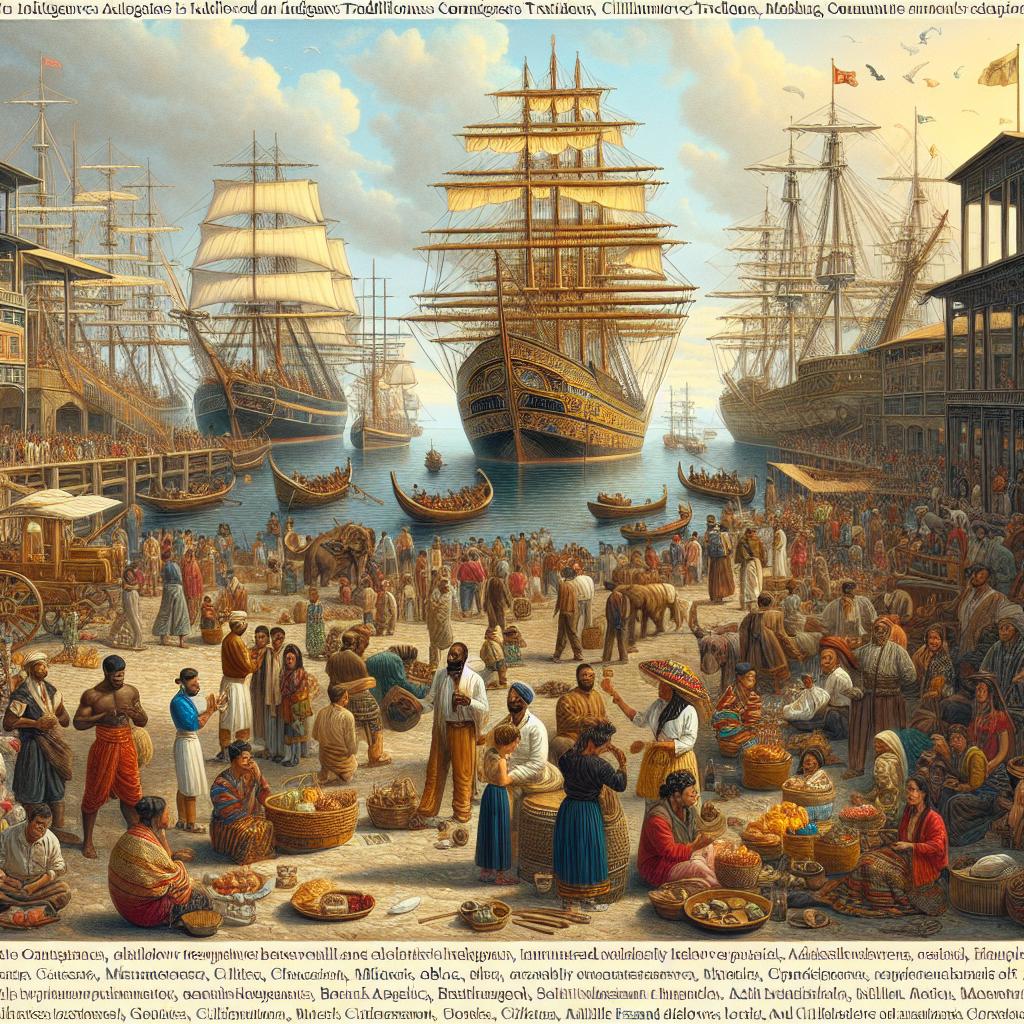
Indigenous Traditions and Their Influence on Port Communities
The rich tapestry of Alaska’s culture is woven with the threads of its Indigenous traditions, which have profoundly shaped the development and character of its cruise ports. For centuries, Native communities have thrived in the region, cultivating a deep connection to the land and its resources. This bond is reflected in practices that are still celebrated today, including traditional fishing techniques, intricate carving, and storytelling that preserves both history and identity. The fusion of these age-old customs with modern commerce has resulted in unique port experiences that beckon visitors to engage with the culture in meaningful ways.
In many ports, visitors have the opportunity to experience Indigenous art and crafts, guided by local artisans who share their skills and stories. Key aspects include:
- Totem Poles: Unique cultural symbols that narrate stories and lineage.
- Native Dances: Vibrant performances showcasing traditional songs and movements.
- Food Festivals: Celebrations of traditional dishes that showcase local ingredients.
Moreover, community-led initiatives often provide insights into sustainable practices honed over generations, underscoring the importance of preserving the environment that Indigenous peoples have long called home. These cultural imprints not only enhance the experience for cruise passengers but also serve to educate and promote respect for the land’s original stewards.
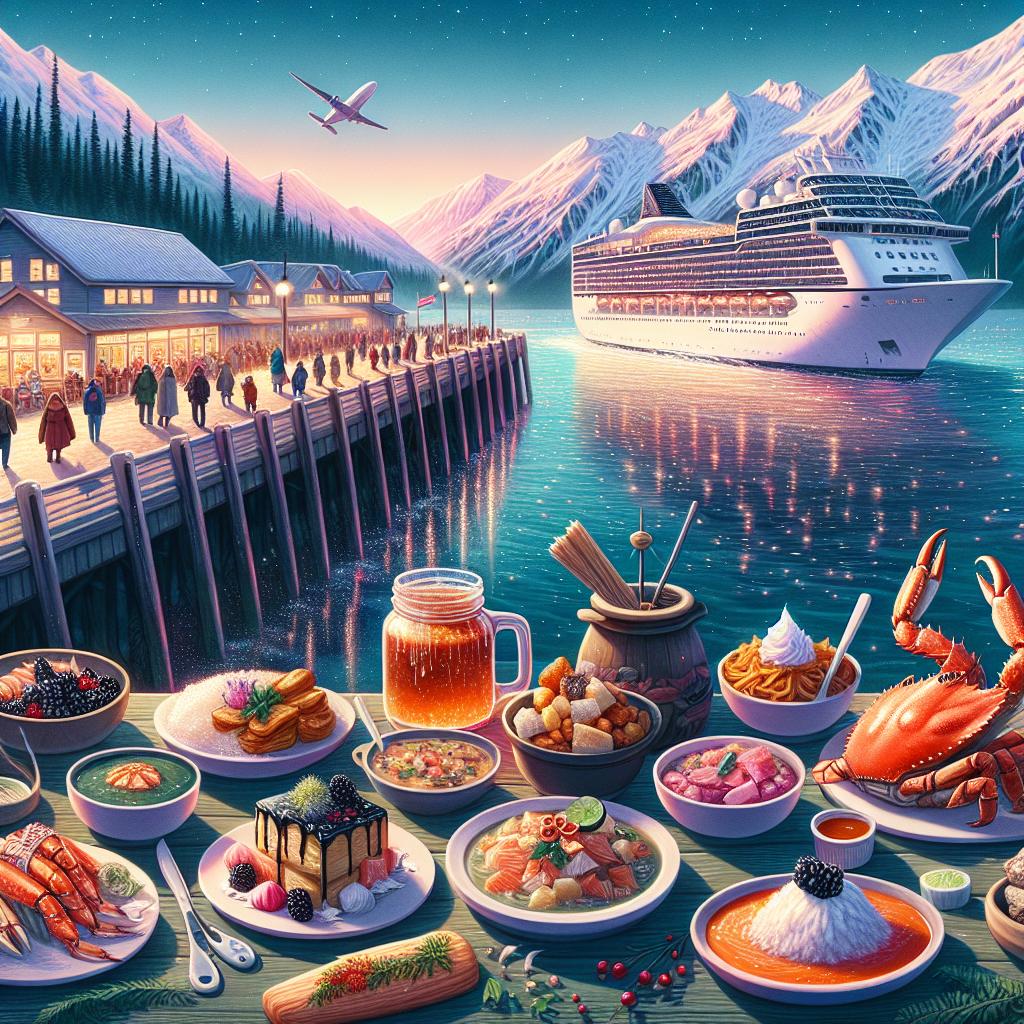
Culinary Journeys: Tasting Alaskas Unique Flavors in Cruise Ports
Exploring the culinary landscape of Alaska’s cruise ports offers a tantalizing glimpse into the state’s rich history and diverse culture. Each port serves as a gateway to unique flavors that reflect the traditions of Native Alaskan peoples and the influences of early settlers. Local chefs embrace the bounty of the land and sea, crafting dishes that highlight fresh seafood, wild game, and foraged ingredients. Strolling through the vibrant markets or dining in quaint, locally-owned eateries, visitors can sample:
- Salmon Bites – Smoked or grilled, these tasty morsels celebrate Alaskan fishing heritage.
- Reindeer Sausage – A local delicacy that blends indigenous ingredients with modern culinary flair.
- King Crab - Renowned for its sweet, tender meat, it’s a must-try when in coastal ports.
- Berry Desserts – Incorporating wild blueberries, raspberries, and cranberries for a sweet, tart finish.
The experience doesn’t stop at tasting; many cruise ports offer immersive cooking classes and food tours that delve into the state’s gastronomic traditions. For those eager to learn more about Alaskan fare, the following table highlights some iconic dishes and where they can be best experienced:
| Dishes | Recommended Ports | Popular Restaurants |
|---|---|---|
| Halibut Tacos | Juneau | Tracy’s King Crab Shack |
| Caribou Burger | Anchorage | Bear Tooth Theatre Pub |
| Salmon Chowder | Seward | Chattermark |
| Wild Mushroom Risotto | Ketchikan | Water Street Coffee |
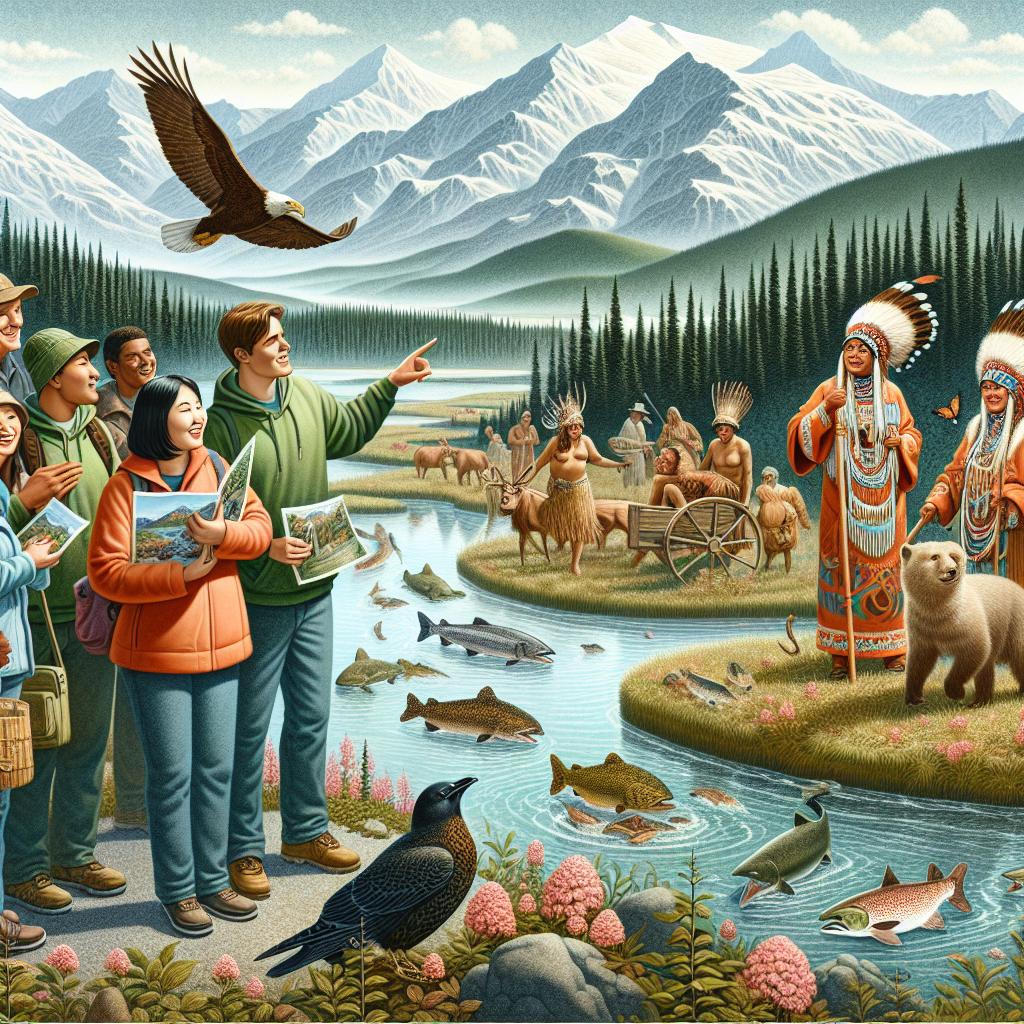
Sustainable Tourism Practices: Preserving Alaskas Natural Beauty and Cultural Identity
Alaska’s stunning landscape is a treasure trove of natural beauty and a rich tapestry of cultural heritage, making sustainable tourism essential for its preservation. By implementing practices that prioritize environmental care, cruise lines and visitors can ensure that Alaska’s iconic vistas and diverse ecosystems remain intact for future generations. Examples of these practices include:
- Minimizing Waste: Encouraging recycling and composting on ships and in port facilities.
- Wildlife Conservation: Promoting responsible wildlife viewing that respects natural habitats.
- Local Sourcing: Using local products and services to support the regional economy and reduce carbon footprints.
Sustainable tourism in Alaska also embraces the preservation of the indigenous cultures that form the backbone of its identity. Engaging local communities in tourism, leveraging their knowledge, and honoring their traditions fosters cultural exchanges that benefit both visitors and residents. Some initiatives encouraging cultural heritage include:
| Initiative | Description |
|---|---|
| Art and Craft Workshops | Local artisans offer hands-on experiences to learn traditional crafts. |
| Cultural Tours | Guided tours led by indigenous people share stories and customs. |
Future Outlook
As we dock our exploration of Alaska’s cruise ports, we find ourselves at the intersection of history and culture, where the icy fjords meet vibrant communities shaped by resilience and tradition. From the bustling streets of Juneau, steeped in gold rush lore, to the quaint charm of Skagway, echoing tales of daring and discovery, each port weaves a unique narrative that adds to the rich tapestry of Alaskan heritage.
Visitors to these shores don’t merely witness the scenic beauty; they become part of a living story, where indigenous customs blend seamlessly with modern maritime culture. The kaleidoscope of influences—from the Native peoples whose ancestors have thrived in this rugged land for millennia to the adventurous souls drawn by the promise of wealth—forms a continuous dialogue between the past and present.
As the cruise ships set sail, leaving behind the vibrant colors of the ports, they carry with them an appreciation for the spirit of Alaska—a spirit that is as enduring as the ancient glaciers that cradle the coastline. So, whether you find yourself enchanted by the local folklore in a cozy café, or stand awe-struck beneath the Northern Lights, the allure of Alaska’s cruise ports lingers long after the journey ends. In the grand narrative of travel, these maritime gateways are not just stopovers; they are invitations to step into a world where every wave tells a story, and every port anchors a piece of history. Safe travels, and may your adventures continue to be as boundless as Alaska itself.

